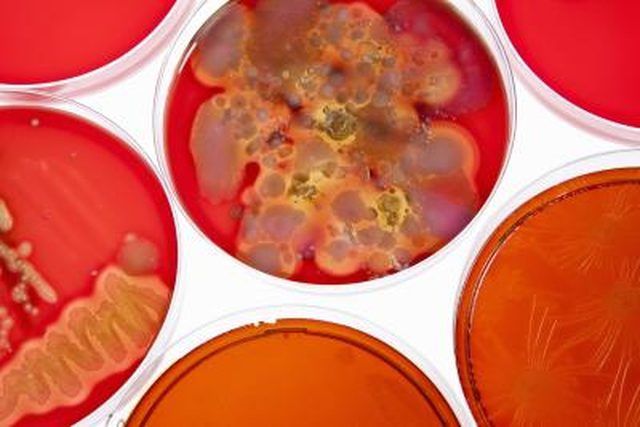Bulbs
Flower Basics
Flower Beds & Specialty Gardens
Flower Garden
Garden Furniture
Garden Gnomes
Garden Seeds
Garden Sheds
Garden Statues
Garden Tools & Supplies
Gardening Basics
Green & Organic
Groundcovers & Vines
Growing Annuals
Growing Basil
Growing Beans
Growing Berries
Growing Blueberries
Growing Cactus
Growing Corn
Growing Cotton
Growing Edibles
Growing Flowers
Growing Garlic
Growing Grapes
Growing Grass
Growing Herbs
Growing Jasmine
Growing Mint
Growing Mushrooms
Orchids
Growing Peanuts
Growing Perennials
Growing Plants
Growing Rosemary
Growing Roses
Growing Strawberries
Growing Sunflowers
Growing Thyme
Growing Tomatoes
Growing Tulips
Growing Vegetables
Herb Basics
Herb Garden
Indoor Growing
Landscaping Basics
Landscaping Patios
Landscaping Plants
Landscaping Shrubs
Landscaping Trees
Landscaping Walks & Pathways
Lawn Basics
Lawn Maintenance
Lawn Mowers
Lawn Ornaments
Lawn Planting
Lawn Tools
Outdoor Growing
Overall Landscape Planning
Pests, Weeds & Problems
Plant Basics
Rock Garden
Rose Garden
Shrubs
Soil
Specialty Gardens
Trees
Vegetable Garden
Yard Maintenance
How Are Bacteria & Plant Cells Alike?
How Are Bacteria & Plant Cells Alike?. Since all forms of life on Earth share a common ancestor, they all are related. Consequently, many forms of life share some intriguing similarities. While, for example, plants and bacteria are very different, they are also similar in some ways.

Since all forms of life on Earth share a common ancestor, they all are related. Consequently, many forms of life share some intriguing similarities. While, for example, plants and bacteria are very different, they are also similar in some ways.
Features
The most striking similarity between bacteria and plants is the universality of the genetic code. Genes in DNA are like coded recipes, in which each triplet of letters specifies a particular amino acid. With a few exceptions, the same triplets specify the same amino acids in bacteria and all other known organisms. With a few exceptions, all known organisms use the same 20 amino acids to form proteins. Although amino acids may exist in "right-handed" or "left-handed" versions, the amino acids used in proteins are all "left-handed."
Cell Walls
Plant cells and bacteria alike have cell walls, strong flexible layers surrounding their cell membranes that help to counteract osmotic pressure so the cell does not burst as water diffuses into it.
Considerations
The cell walls in bacteria and plants have a similar function, but they are made from different materials. Plant cell walls are primarily cellulose, while bacterial cell walls are formed from peptidoglycans.